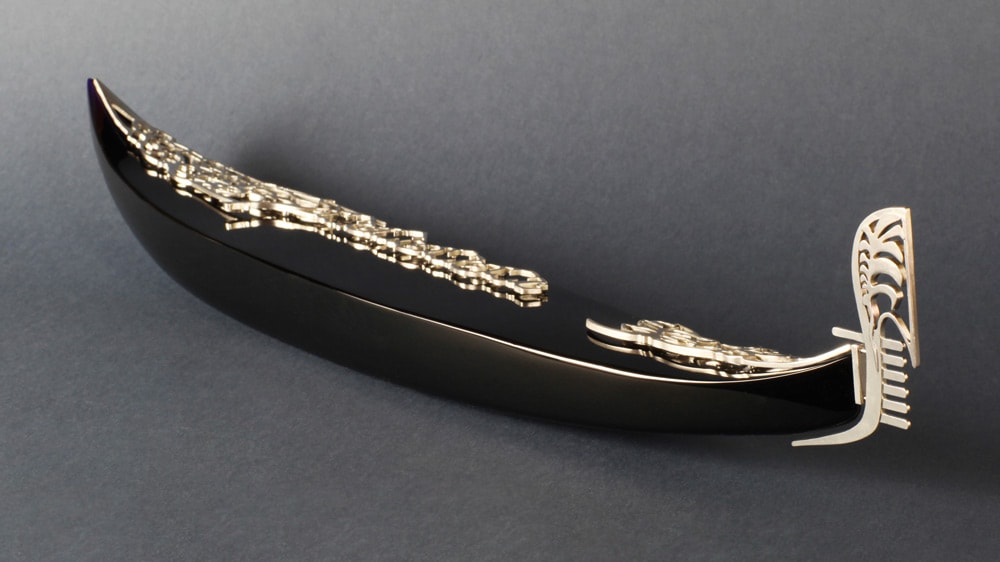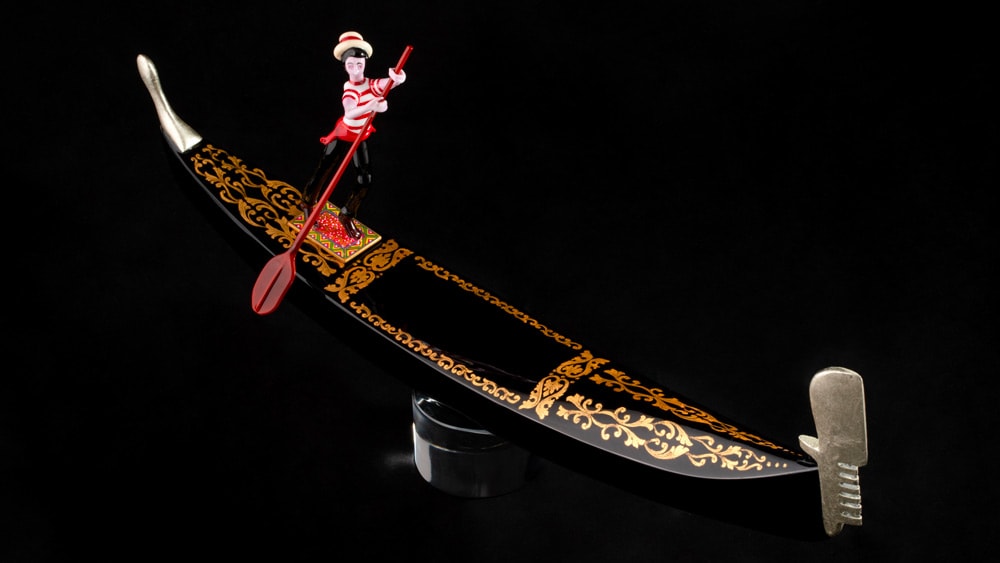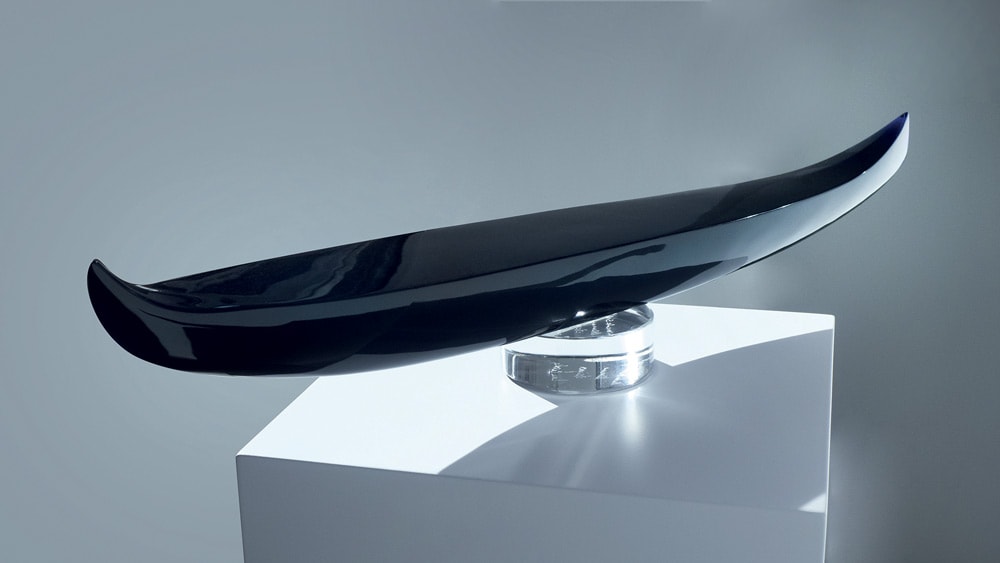The Art of Glass in Venice
Made of glass. Entirely handmade. A unique piece.
La Gondola is a product that epitomises the Murano technique and perfectly conveys those values of preciousness, brilliance, colour and craftsmanship that have made Murano the world capital of blown glass for centuries. In collaboration with the “breath” of the Master Glassmaker, a uniquely important collection of glass art has been created: a precious, handmade glass object, which represents the unmistakable symbol of Venice the world over. The asymmetrical shape has been reinterpreted on a small scale and is faithful both in form and detail, from the use of ultra-elegant black glass, to the handmade gold-leaf decorations; from the metal Féro that faithfully reproduces the original symbolism of the gondola, to the Gondolier with oar dressed in the typical Venetian uniform. The striking result is a product of art and luxury, a precious fragment of the magic of Venice and its traditions. Uniqueness, craftsmanship and attention to detail are the values of La Gondola, an elegant and exquisite Italian creation that fully reflects the beauty of a city that is unique in the world.
The asymmetrical shape has been reinterpreted on a small scale and is faithful both in form and detail, from the use of ultra-elegant black glass, to the handmade gold-leaf decorations; from the metal Féro that faithfully reproduces the original symbolism of the gondola, to the Gondolier with oar dressed in the typical Venetian uniform.
The striking result is a product of art and luxury, a precious fragment of the magic of Venice and its traditions. Uniqueness, craftsmanship and attention to detail are the values of La Gondola, an elegant and exquisite Italian creation that fully reflects the beauty of a city that is unique in the world.
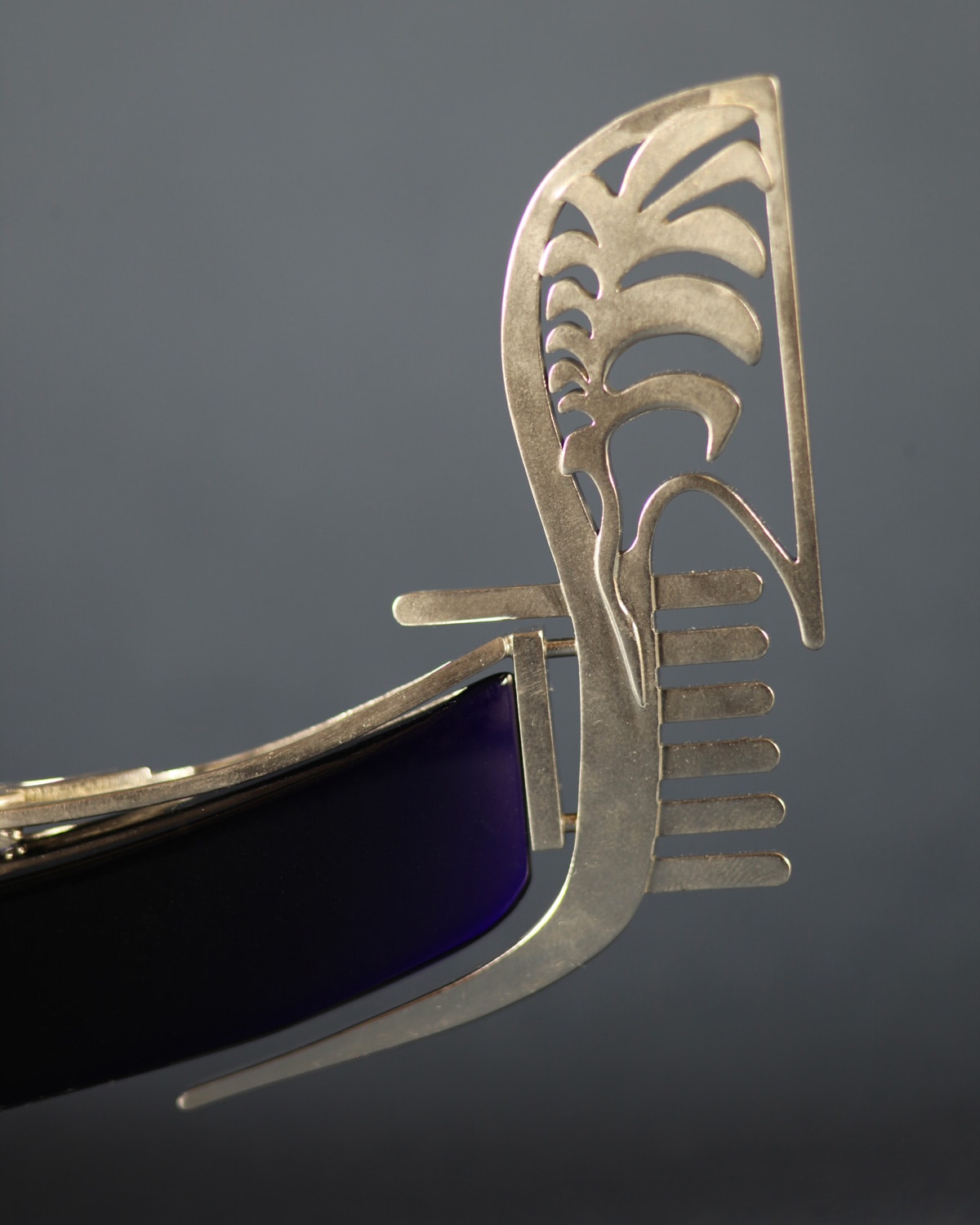
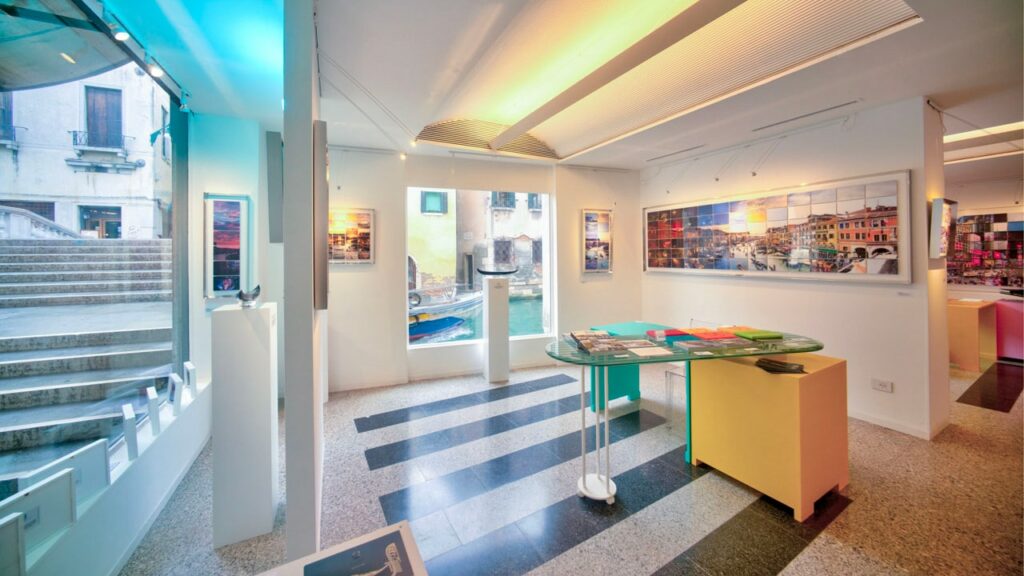
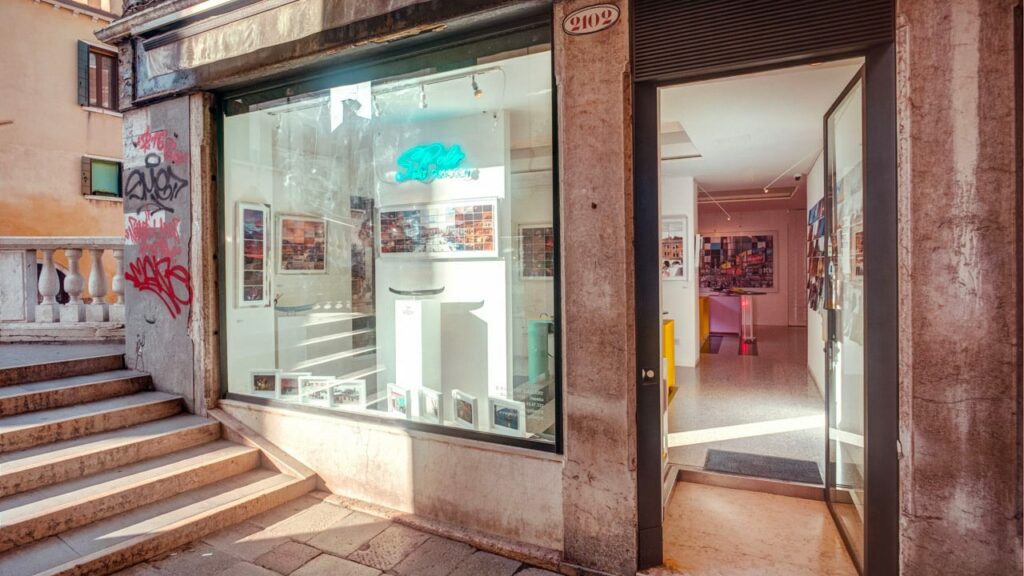
Artistic Glassware Archimede Seguso
The Archimede Seguso Artistic Glassware was founded in Murano in 1946 by Archimede Seguso (1909 – 1999), the greatest glass master of the 1900s, after leaving the family factory. From the 1950s onwards, he “conquered” Italy with his chandeliers and with the new processing techniques he invented, such as “lace” and “feathers”. His wonderful creations are exhibited in museums all over the world: Metropolitan in New York, Victoria & Albert Museum in London, Ca’ Pesaro in Venice, Museo Nacional de Artes Decorativas in Madrid, and many others.
The artisan tradition and the contemporary shapes interact intimately.
Classic themes belonging to Venetian history, reinterpreted through the ancient techniques of Murano glass blowing and goldsmith’s art, materialize in a unique collection designed by sculptor and designer Luca Cavalca.
The decorations of the capitals of San Marco and the gondola are research elements that translated into form offer a collection with an elegant and refined design.
Our Artworks
All our works are unique, made entirely of glass, handmade by Murano glass Masters. Each Gondola requires at least 30 days of processing before being delivered.
The symbol of Venice
There is something about the slender, black gondola and the way it glides, lightly and silently, that gives it a dream-like beauty, and it is an integral part of the city of idleness, love and music.
Hermann Hesse
The Gondola is the only boat in the world 11 metres long and weighing more than 600 kg that can be manoeuvred lightly and easily by a single person and with a single oar. It is as unique as the city it represents, not least in terms of its construction characteristics. With its asymmetrical shape, it always sails tilted to one side, it has a flat bottom that allows it to navigate the shallow waters of the lagoon and is built using eight different types of wood. But what symbolises the very essence of the city of Venice is its Fèro or ferro di prua (iron prow). Studied in great detail, the Fèro combines in a single object the socio-political make-up of the city, the geographical subdivisions, as well as the legal form of the state of the Republic of Venice.
With its asymmetrical shape, it always sails tilted to one side, it has a flat bottom that allows it to navigate the shallow waters of the lagoon and is built using eight different types of wood.
But what symbolises the very essence of the city of Venice is its Fèro or ferro di prua (iron prow). Studied in great detail, the Fèro combines in a single object the socio-political make-up of the city, the geographical subdivisions, as well as the legal form of the state of the Republic of Venice.
